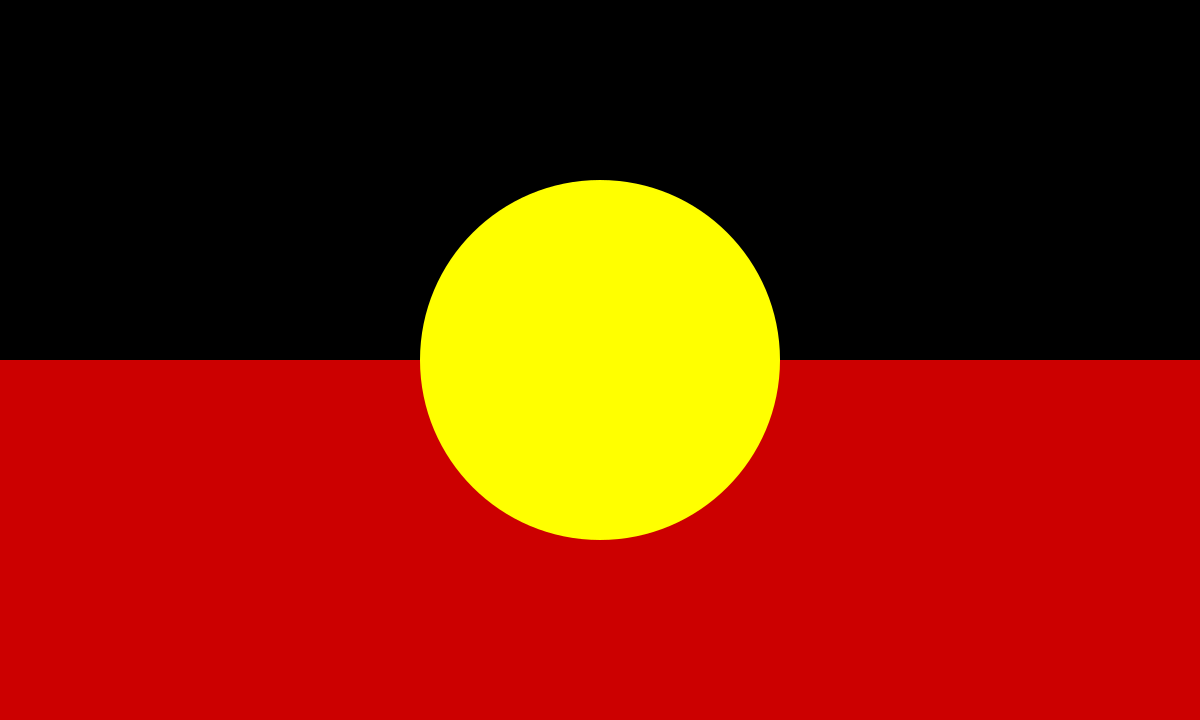- Home/
- Resorts/
- Lake Argyle/
- Region Facts/
-
Ord River Irrigation Scheme
Ord River Irrigation Scheme
With one of the fastest flowing rivers in Australia during the wet season, the rich fertile soils, the East Kimberley boasted all the dynamics for a successful irrigation scheme.
The fertile plains of the lower reaches of the Ord River have long lured pastoralists and farmers to the East Kimberley. Despite the extremely heavy rainfall in the ‘wet’ the ‘dry’ season reduced the Ord from a fast flowing river to a series of waterholes.
Without harnessing the waters there was no chance the area could sustain the cherished dream of an agricultural industry.
The only way to transform the semi-desert cattle country to a luscious, year round agricultural area would be to develop a dam on the Ord river. This would capture much of the 2500 gigilitres of water that flowed into the ocean each day during the wet season storms (enough water to supply Perth for 10 years).
In 1959 a grant from the Commonwealth Government was finally approved, enabling the Western Australian Government to start work on the massive Ord Irrigation Scheme.
The Ord Irrigation Scheme is the end result of a bold plan to develop part of the nations tropical north for intensive irrigated agriculture by harnessing the waters of the Ord River.
The construction of the Kununurra Diversion Dam across the Ord River was completed in 1963, this development marked the completion of the first stage of the Ord Irrigation Scheme. The major capital investment also led to the establishment of the town of Kununurra which was built as the service centre for the scheme.
The Kununurra Diversion Dam was built on Bandicoot Bar and was designed to divert water from the Ord River onto the Ivanhoe Plain for irrigation. The Kununurra Diversion Dam comprised 20 radial gates mounted with a concrete framework and spillway structure to cater for fluctuating river levels.
During the wet season the gates open to allow the flood waters to pass through, whilst limiting flooding of adjacent agricultural land.
During the dry season the gates close to allow for water storage and diversion to the irrigation channel, ensuring a year- round supply of water.
The flow down the Ord River is regulated by the opening and closing of these gates year round.
The Kununurra Diversion Dam was completed following the 1962/63 wet season. Until the initial flood passed the gates were left open and were then lowered when debris and mud was cleared. In March 1963, the Queen and Prince Phillip visited the project to see the waters of the Ord harnessed for the first time.
Once finishing touches were completed, the Ord River Project was officially opened by Prime Minister Sir Robert Menzies in July 1963.
In 1967, the Commonwealth Government provided a grant for the construction of the Ord River Dam to provide a major storage reservoir, called Lake Argyle. Lake Argyle is now one of the worlds largest man made water bodies and was formed by an earth and rock filled dam in the Carr Boyd Ranges.
The Ord River Dam was completed in 1972 with the work carried out over three dry seasons. The Dam was designed to never overflow at the main embankment with a 2.2 kilometres overflow cut made thorough solid rock between two hills, 8 kilometres from the Dam wall.
When the Ord River Dam was completed it became the largest capacity Dam in Australia with a volume of 5641 gigilitres (equivalent to 11.2 Sydney Harbours) The flow from both Dams was regulated to maintain a stable level in Lake Kununurra, which enabled the water to be diverted by gravity to the Ivanhoe Plain. The permanent water supply to Lake Kununurra also enabled the development for irrigated land on the adjacent Packsaddle Plain.
In the early 1990’s, it was decided that a hydroelectric power station would be built at the base of the Main Ord Dam. In order to be able to guarantee a reliable supply of energy a higher water level was needed to be maintained in the lake. Engineers determined that by building a weir across the spillway they could safely raise the storage by six metres. This almost doubled the volume to 10 763 giglitres (increasing the capacity to 21 Sydney Harbours).
As of early 2009 the Ord Irrigation Scheme has entered a new era with the state and federal government giving the funding to go ahead with the expansion of the farming area. The current farmed area of approximately 12,500 hectares will possibly increase to 45,000 hectares. This has begun with work starting on the second main irrigation channel February 2009.




